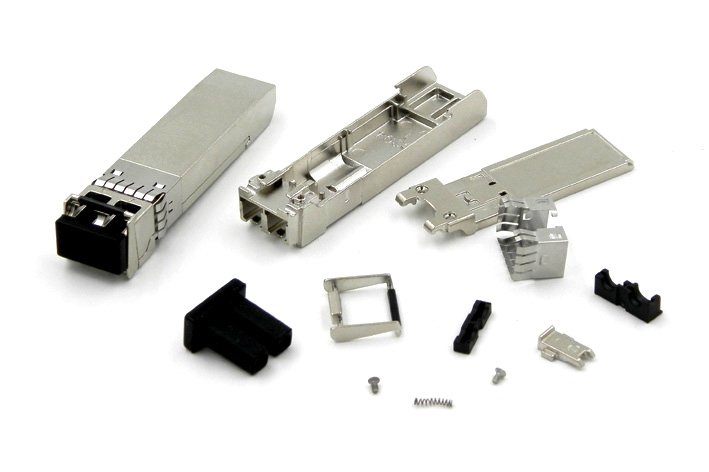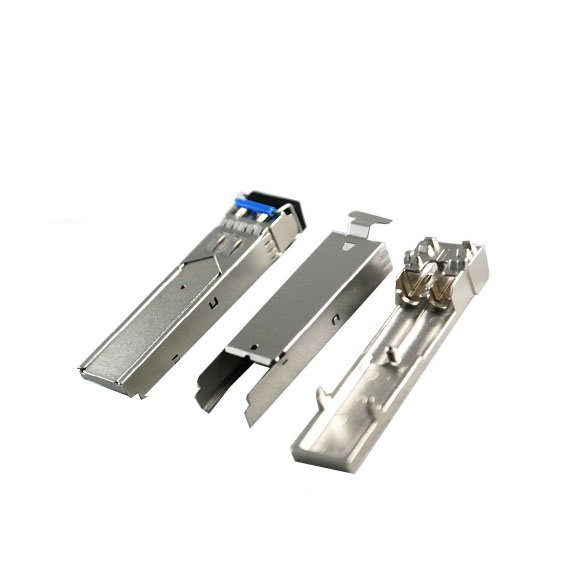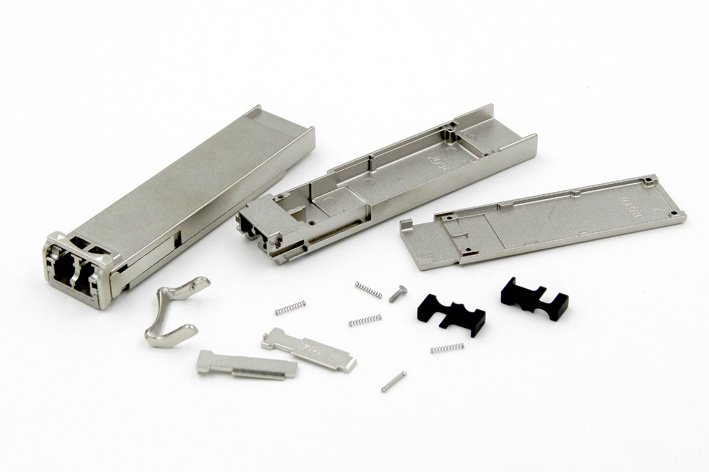When it comes to the manufacturing of optical transceiver housing, die casting is a commonly used process. Die casting offers several advantages, including the ability to create complex shapes and precise dimensions. One crucial aspect of die casting is the tolerance that can be achieved in the final product.

Tolerance refers to the allowable variation in dimensions or properties of a part. In the case of optical transceiver housing, tight tolerances are essential to ensure proper functionality and compatibility with other components. The die casting process allows for the production of housings with high precision and consistency.
Die casting can achieve tight tolerances in optical transceiver housing due to several factors. Firstly, the use of high-quality dies and molds ensures accurate replication of the desired shape and dimensions. Advanced computer-aided design (CAD) and computer-aided manufacturing (CAM) technologies enable precise tooling and machining.
Additionally, the material used in die casting plays a crucial role in achieving tight tolerances. Aluminum alloys, commonly used in optical transceiver housing production, have excellent dimensional stability and low shrinkage rates. This allows for minimal distortion during the cooling and solidification process, resulting in accurate and consistent dimensions.
The expertise and experience of the die casting craftsmen also contribute to achieving tight tolerances. Skilled operators can carefully monitor and control the entire casting process, ensuring that all parameters are within the specified range. This attention to detail helps eliminate any potential defects or deviations that could affect the final product’s tolerance.
In conclusion, die casting is a highly effective manufacturing process for optical transceiver housings, capable of achieving tight tolerances. The combination of advanced technologies, high-quality materials, and skilled craftsmen ensures the production of precise and reliable housings for optical transceiver devices.



